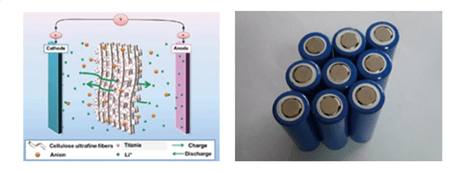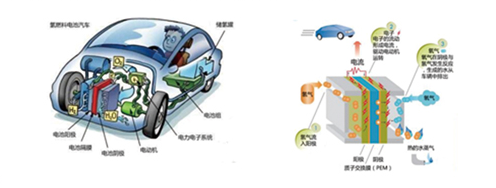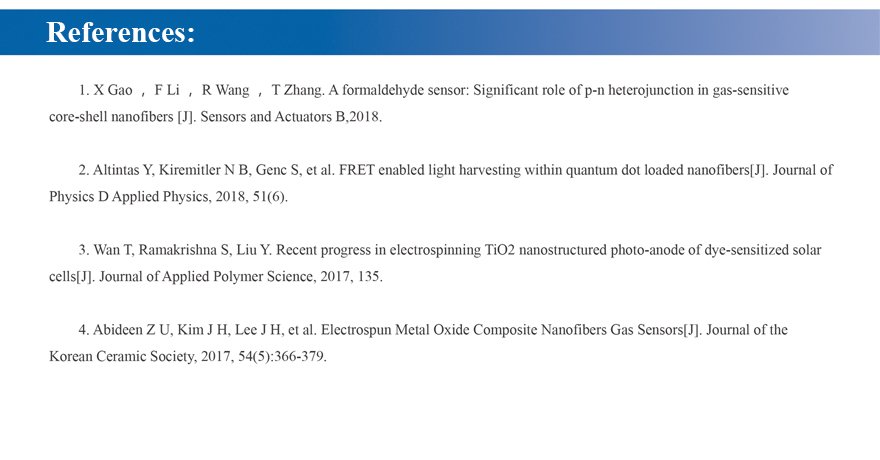1. Battery Separator
A typical lithium-ion battery is mainly composed of four parts: a positive electrode, a negative electrode, an electrolyte, and a separator. The separator is an important part of the lithium-ion battery, and its performance is directly related to the production of lithium-ion batteries, cycle life, stability and safety. The separator is located between the positive and negative electrodes of the battery, and has two main functions when the lithium ion battery is working:
1). Separate the positive and negative electrodes to prevent internal short circuit;
2). Connect each other through its own structure, and the pore structure provides a pathway for lithium ions in the liquid electrolyte.
The nanofiber membranes prepared by electrospinning technology have excellent porosity, liquid absorption rate, and affinity for electrolytes, and their electrochemical performance, battery cycling, and rate performance.

2. Proton Exchange Membrane (PEM)
Proton exchange membranes are the electrolyte membrane and core components of fuel cells. The two main functions of the proton exchange membrane in a fuel cell are:
1). As a separator material, the anode fuel and the cathode oxidant are separated to avoid direct contact between the two;
2). As a selective permeability, the membrane is a channel for protons to pass from the anode to the cathode, efficiently conducting protons.
Compared to flat membranes, electrospinning nanofiber membranes have a large specific surface area, which increases the surface charge density of the polymer. At the same time, the fiber provides a natural channel for proton conduction, and has higher proton conductivity and durability.

3. Quantum-dot Nanofibers
As an important fluorescent nanomaterial, quantum-dot nanocrystals have stable fluorescence properties and continuous emission spectrum compared with conventional dyes, and because of their unique quantum size effect, surface effect, small size effect, and dielectric limit Domain effects, quantum dot nanocrystals exhibit unique electrical, magnetic, optical, catalytic and other properties, which has led to the extensive research interests of scientific researchers. By electrospinning technology, quantum dot nanocrystals are added to the spinning solution, and one-dimensional quantum dot nanofibers can be effectively prepared.



